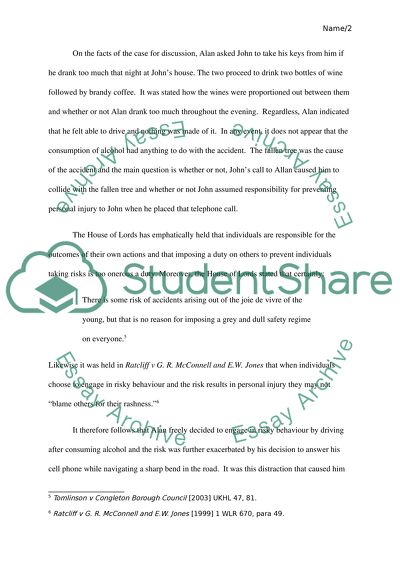Cite this document
(“Law of obligations essay Example | Topics and Well Written Essays - 3000 words”, n.d.)
Retrieved from https://studentshare.org/law/1395571-law-of-obligations-essay
Retrieved from https://studentshare.org/law/1395571-law-of-obligations-essay
(Law of Obligations Essay Example | Topics and Well Written Essays - 3000 Words)
https://studentshare.org/law/1395571-law-of-obligations-essay.
https://studentshare.org/law/1395571-law-of-obligations-essay.
“Law of Obligations Essay Example | Topics and Well Written Essays - 3000 Words”, n.d. https://studentshare.org/law/1395571-law-of-obligations-essay.


